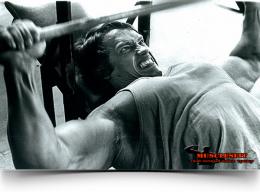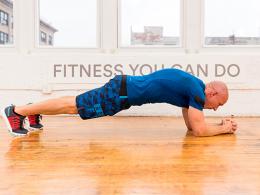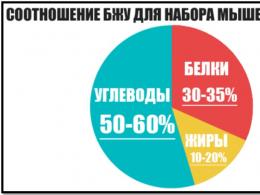What are the best running shoes for walking and running?
(7
ratings, average: 5,00
out of 5)
In order to rate a post, you must be a registered user of the site.
Today we will talk about what shoes to choose for running and walking, so that you feel comfortable walking in them. Sports shoes are, first of all, functional, not appearance: you can’t run with the same comfort in the same sneakers, grass, asphalt and gravel.
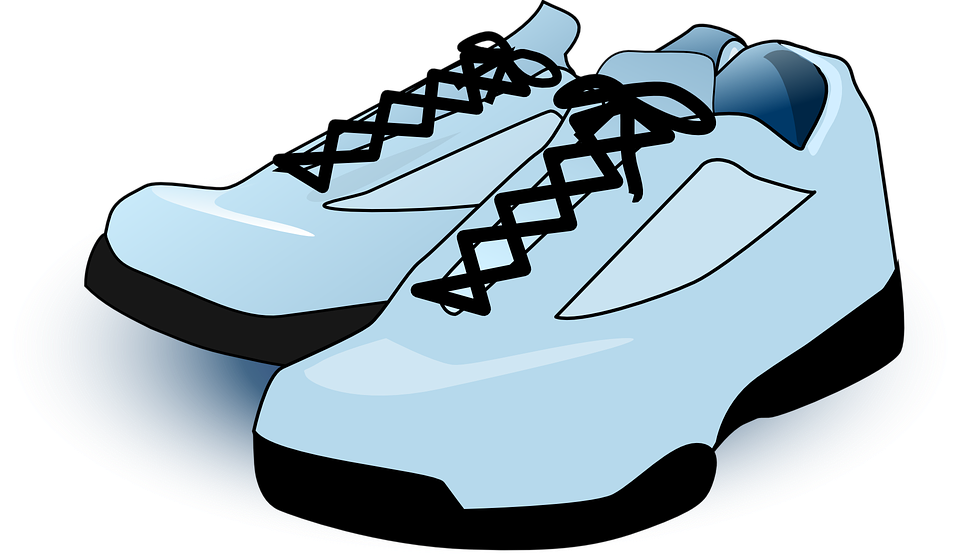
What is the difficulty - is it not possible to buy which ones you like
Of course, you can, if we are talking about any kind of shoes, except for sports shoes. There is no difficulty in this, it's just shoes, but there are a number of factors that it is desirable to take into account if comfort and health are expensive. No wonder that sneakers are developed primarily by engineers, not designers.
To choose, it is enough to know the general principles - then you can easily navigate the assortment of any manufacturer.
In general, complaints a la “I always took Nike, but the last pair disappointed me” are more often about the wrong choice than about the quality of the sneakers. No one complains that he bought a passenger car and cannot move with all the furniture at once: the intended purpose of a sedan is not cargo transportation. Similarly, with sports shoes: for each purpose there is a model, even if they are of the same brand.
Pathfinders, go ahead
The most important thing to consider is the bend of the foot. You can identify it by the footprints of bare feet in the sand or by wet prints on the floor: as a rule, a footprint with a notch on the inside.
Try to pay attention the next time you run, the algorithm for walking and running: first, the heel touches the surface and shifts the lower leg a little inward - closer to the center of gravity, then rolls through the middle of the foot and pushes the toe while shifting the lower leg outward. The arch of the foot, coupled with the transverse movement of the lower leg, is natural cushioning *.
For the inquisitive, the stages of the walk are called "pronation" and "supination". Foot types are distinguished by pronation from insufficient to strong (flat feet).
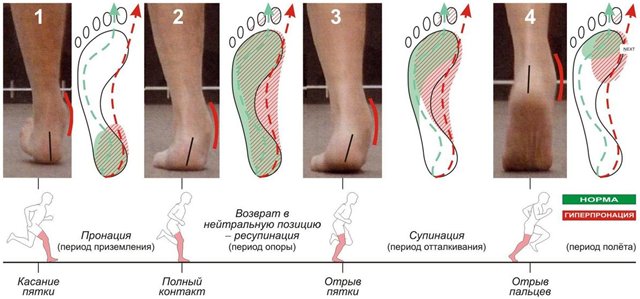
The larger the track recess, the less depreciation and the stronger the return on the musculoskeletal system. And the smaller the notch, up to flat feet, the greater the load on the joints and soft tissues.
Properly selected sneakers should complement the biomechanics of the foot to normal, therefore, for a flattened foot, straight-cut shoes with a multi-layered sole are selected - this limits movement. Conversely, for a curved arch, a shock-absorbing curved cut is more suitable.
If you can’t figure it out, then it’s best to take shoes for neutral pronation - this is the average, versatile and most common option.
Following these principles will reduce stress and fatigue, reduce the risk of injury and pain of the musculoskeletal system.
Indoors or outdoors
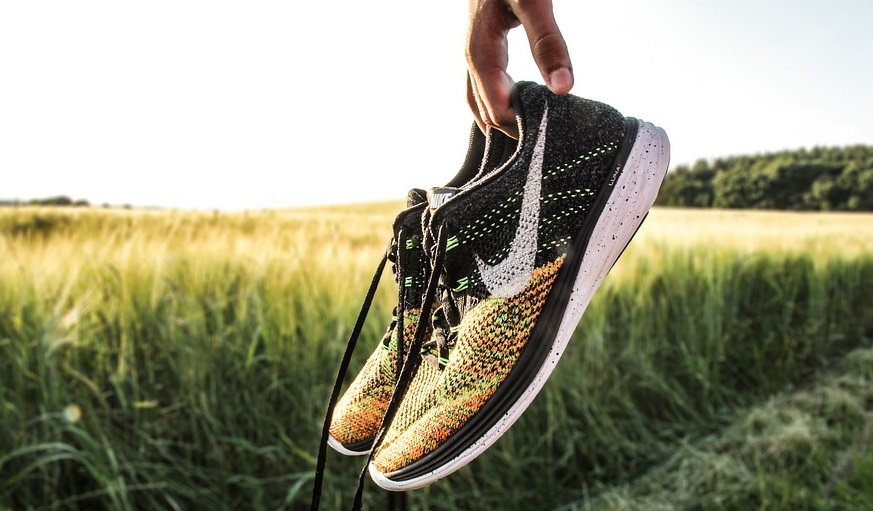
Another factor to consider when it comes to running shoe soles is the type of surface. It depends on where you plan to run. For indoors or a treadmill, a soft, smooth bottom is more suitable. And for optimal traction while running on asphalt or gravel, tough grooved shoes will provide.
A mistake with pronation can have hidden long-term consequences, and here everything is simple: whoever runs down the street with a smooth sole is at risk of slipping, and spikes at home or in the gym are absurd.
Separately, it is worth mentioning off-road sneakers for running through the forest, for example, or for mountain hiking. They are easy to recognize: they even look like a bulldozer. Powerful durable shoe. Provides long-term support for the joints, prevents fatigue, keeps the foot well, but is too heavy for fast running. By the way, about speed.
Fast running or walking
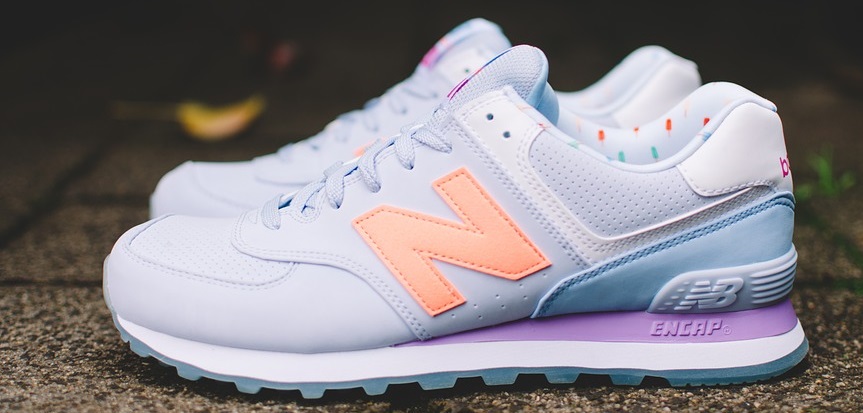
Therefore, for slow walking, shoes with smoother soles are used. It also differs in the material of manufacture: the resource of such "cardio" can be up to 3500 km (on average, of course, much less - about 1000-1500 km), after which they are recommended to walk rather than run.
The general principle for creating slow running shoes is maximum support for the foot with maximum cushioning. Such a balance, completely forgotten in the creation of sports tempo shoes: in it, both parameters can be reduced for lightness.
Important!!! For tempo running, as a rule, lightweight sneakers with a thin sole are used: with a pronounced pronation type, their use is harmful to health!
Materials and quality
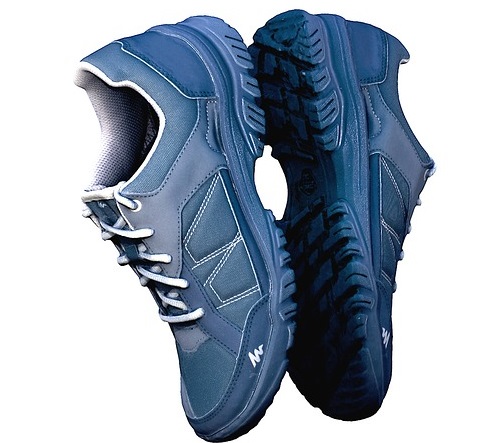
After you have decided on the goal, you should pay attention to the quality and materials of the product.
If it is really planned to not only walk in sneakers, then, definitely, the material must “breathe”, otherwise fungus and diaper rash cannot be avoided, not to mention the stable unpleasant smell of the shoes themselves.
And here's a little surprise: unlike most other types of clothing and shoes, synthetics in the production of sneakers are often better than natural materials.
This is due, first of all, to the fact that the development of know-how for specialized sports shoes is a very profitable business, so it does not stand still.
Developments and innovations appear with enviable regularity and are aimed at improving the cushioning / support balance, increasing service life, reducing harm from impact when running, auto-adaptation to the foot and dozens of other little things that affect comfort, safety and efficiency of use. From new synthetic materials to gas cavities in the sole and something else that competitors would really like to know.
Therefore, you should not buy all-leather sneakers - it may be beautiful, but not functional. Much better in terms of weight and air exchange will be shoes with a combination of materials: leather and synthetic mesh. The mesh should be sufficiently fine-meshed so as not to let sand and small pebbles through.
The midsole is often made of polyurethane or filite. The first is stiffer, the second is more elastic. A cheaper, but lower quality option is EVA: a layer of this material irreversibly deforms over time.
The best option for the main sole is rubber or rubber with synthetics: this is a durable solution, affordable and versatile in use. Synthetic rubber is stronger, but because of the rigidity, it is used in sneakers for running, not for walking.
Regarding the accessories, there are no options - laces. Velcro, hooks and more - this is for ordinary shoes, made in the style of sneakers. Sports shoes - only laces.
Shoe size
It is very difficult to make a mistake when choosing a size, if measured on the foot. But for sports shoes, there is a specificity here:
- You need to measure "on a hot foot." That is, after a maximum of a few hours after training. Because the foot size may vary. In other words, the size of sneakers for sports activities is always slightly (0.5-1.5) larger than the size of regular shoes.
- Width, even if specified, is often not standardized. Therefore, you can focus only on the size (length). The rest cannot be reliably known before fitting.
- The lifting height can be specified in the standards of the country of manufacture. This should be taken into account when decrypting.
Gender differences - should they be considered when choosing
Definitely worth it. Although the female sex in terms of sports achievements can be in no way inferior, and sometimes even superior to the male, physiologically there are a number of differences that affect the production of shoes:
- women tend to be lighter. This allows you to make lighter shoes, but at the same time, it requires strengthening the shock-absorbing elements.
- the structure of the foot is anatomically different: in men, the back and front of the foot are approximately the same, while in women the back is narrower.
- Thirdly, other things being equal physical indicators, a man moves with great effort, so men's sneakers are stiffer.
- The fourth sign has nothing to do with physiology and anatomy, but is directly related to marketing and customer orientation: women's shoes are available in an incomparably wider range of colors than men's. Not to mention patterns and other decorative elements.
These are all the signs that distinguish women's sports walking shoes. How to choose? Yes, just like the men.
Is the manufacturer a guarantee of quality
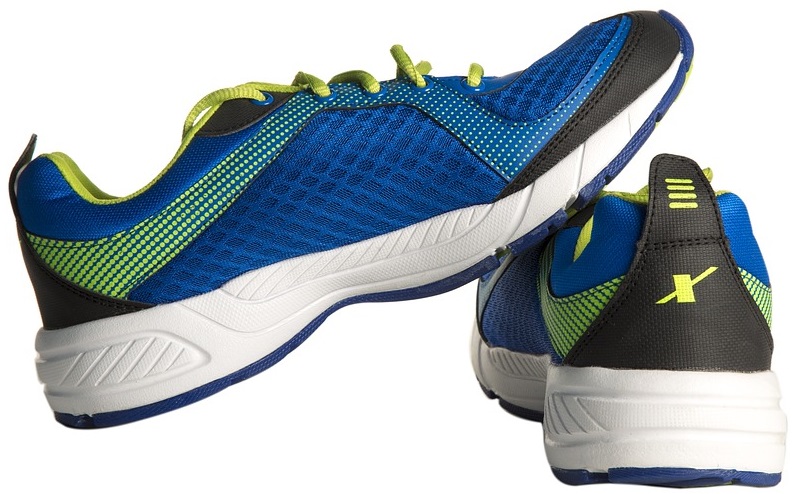
Given all of the above, you can choose an acceptable option for sports shoes of any brand. However, there are a number of manufacturers that consistently offer great sneaker options in every type and category.
Moreover, on the websites of representative offices or in online stores offering well-known brands, you can choose sneakers taking into account pronation, stiffness, purpose and other parameters - the manufacturer very accurately positions a specific model.
Most often, such manufacturers are named as leaders, such as.


